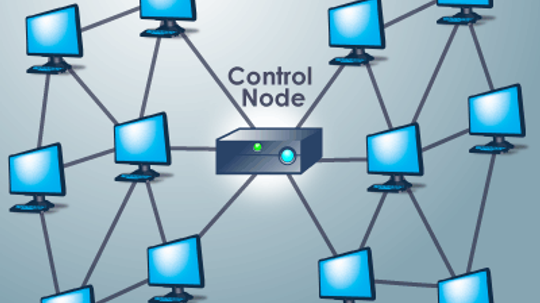In a world where technological advancements are ceaselessly transforming our lives, the iPad Mini stands as a testament to Apple’s unwavering commitment to innovation. With its compact size and powerful capabilities, this remarkable device has revolutionized the way we interact with technology. Let us delve into the intricacies of how this marvel works and discover its unparalleled features.
A Glimpse into the Technological Marvel
At first glance, one might underestimate the prowess concealed within the sleek exterior of the iPad Mini. However, beneath its elegant design lies an amalgamation of cutting-edge hardware and software components meticulously engineered to deliver an unrivaled user experience. The A-series chip at its core ensures seamless multitasking capabilities while maintaining optimal power efficiency.
Furthermore, boasting a Retina display that dazzles with vibrant colors and sharp details, every visual encounter on this diminutive tablet is transformed into an immersive spectacle. Its advanced touch sensors enable precise input recognition, allowing users to effortlessly navigate through applications or create digital masterpieces with utmost precision.
An Ecosystem Tailored for Productivity
Beyond mere aesthetics and performance lies Apple’s ecosystem that seamlessly integrates various services tailored for productivity enthusiasts. The iOS operating system provides a secure environment conducive for work or leisure activities alike. With intuitive gestures and intelligent features such as Split View or Slide Over, users can effortlessly manage multiple tasks simultaneously without compromising efficiency.
Additions like iCloud Drive ensure effortless synchronization across devices while guaranteeing data security—a paramount concern in today’s interconnected world. Furthermore, compatibility with Apple Pencil opens up new horizons for creativity by offering pixel-perfect precision in note-taking or artistic endeavors.
The Future Beckons: Limitless Possibilities
As we peer into the future, it becomes evident that the iPad Mini is not merely a device but a gateway to boundless possibilities. With its ever-expanding App Store and an array of third-party applications, users can tailor their experience to suit their unique needs. Whether it be educational pursuits, professional endeavors, or leisurely indulgences, this compact powerhouse serves as an indispensable companion.
Moreover, with advancements in augmented reality technology and machine learning capabilities integrated within the iPad Mini’s framework, one can only imagine the untapped potential waiting to be unleashed. As Apple continues to push boundaries and redefine what is possible in the realm of mobile computing, we eagerly anticipate further innovations that will shape our digital landscape.
A Testament to Technological Ingenuity
In conclusion, the iPad Mini stands as a testament to Apple’s unwavering pursuit of technological ingenuity. Its seamless integration of hardware and software components coupled with an ecosystem designed for productivity sets it apart from its counterparts. As we navigate through this era defined by rapid technological progressions, let us embrace devices like the iPad Mini that empower us to explore new frontiers and unlock our true potential.









